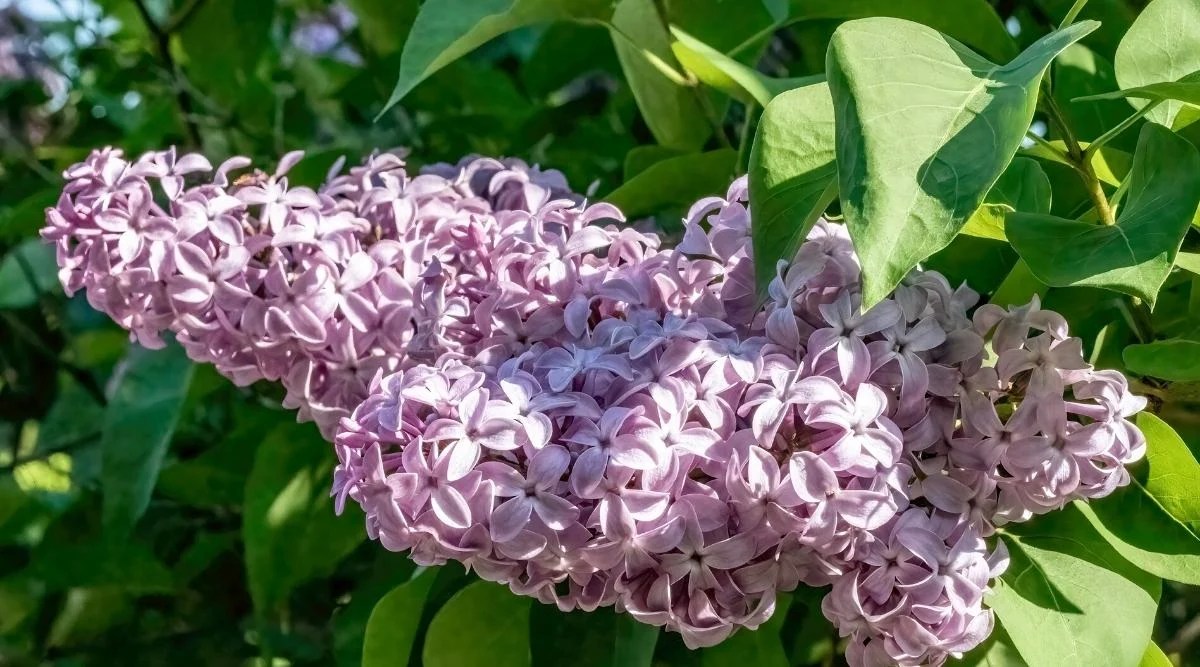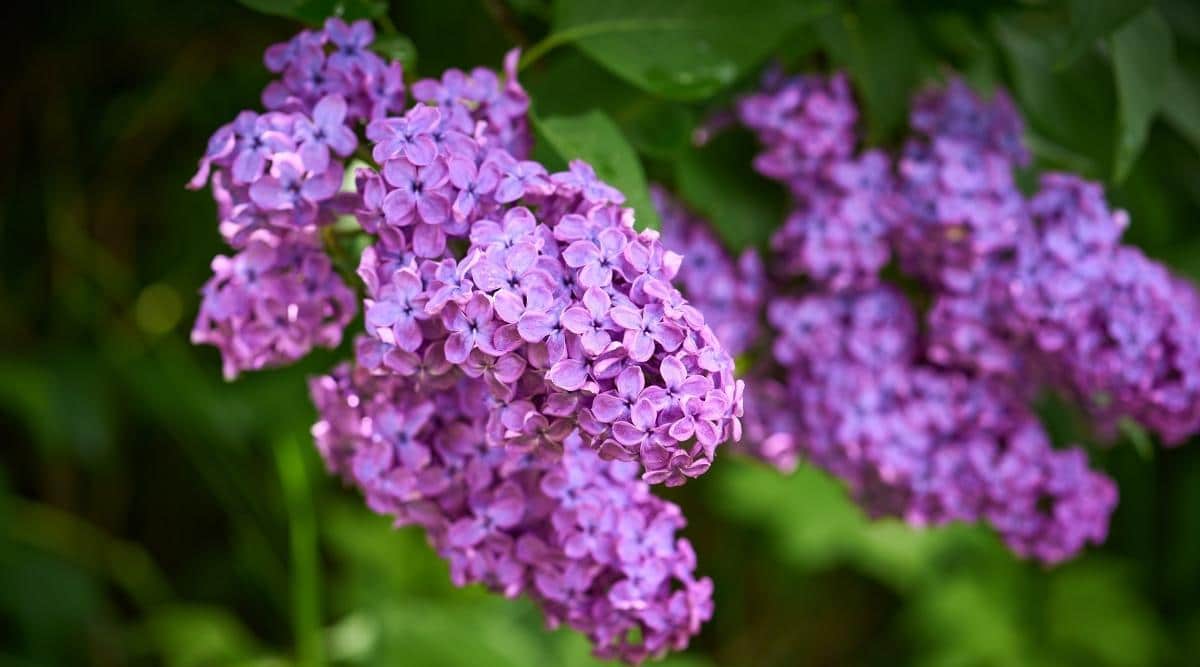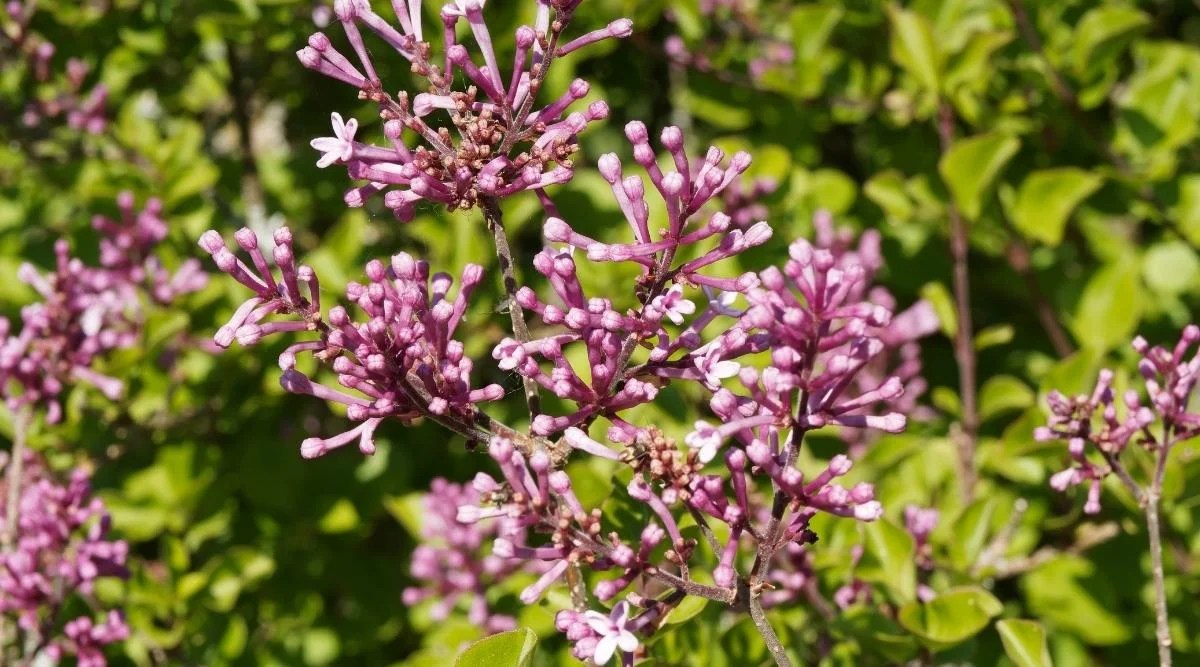Shrubs
If you ’ve decided to add lilacs to your garden this season , it ’s a good thought to make indisputable you pick a proper emplacement where they get the staring amount of sun to meet their needs . In this article , certified master nurseryman Liz Jaros await at the sun motivation of the lilac , and if they favor full Dominicus , partial shade , or full refinement .
respect for their braggy personality and fresh smelling blooms , lilac shrub and treesbring undeniable joy to the landscape each spring . Hardy in part of the worldthat have four distinct seasons , lilacs require a lawful dormant period in winter but also tolerate hot , gay summers . Theycan be successfully grownin zones 3 - 7 , with some varieties expand the genus into geographical zone 8 .

As for their light requirements , lilacs are sun loversand need at least 6 hours of direct light per day to flower to their fullest potential . While their radical and foliage will usually grow just fine beneath a dappled Sir Herbert Beerbohm Tree canopy or in an area that stick less than 6 minute , their blooms will not be as robust .
So what does this all have in mind ? Should you be strategically planting your lilacs so as to maximise their blooms ? In this article , we look at theideal sunshine conditions for lilacsand how you should plan for them in your garden . Let ’s dig in !
contentedness

The Short Answer
Lilacs in spades prefer full sunlight . In idealistic office , they should beplanted in an expanse where they can get at least 6 hour of lineal , unfiltered sunlight per day . If they get less than this , they will still develop , but they will not thrive . They will likely blossom less , and will not bring nearly as many of the sweet scented flowers that many gardeners plant them for .
The Long Answer: Defining Full Sun
A industrial plant with a whole sunshine symbol or the words ‘ full sun ’ publish on its growing tag will need6 hours of unfiltered sunlight per dayin society to thrive . This is not a suggestion or a good word , it ’s a essential and should be taken badly . Many to most plant failure can be traced back to a infraction of this simple rule . If your plant tag says full sunshine , it needs full sun .
But the light does not have to be continuous ! This is often a point of confusion among newbie nurseryman . If you have an expanse that ’s getting3 hours of sun in the morning and 3 hours of sun in the good afternoon , you’re able to plant a lilac there . As long as the full identification number of hour is 6 , you should be good to go .
Defining Partial Shade
An area that receives between2 and 6 hours of Dominicus per dayqualifies as part shade . from time to time you will see this middle class subdivided into part sun ( 4 - 6 minute ) and part shade ( 2 - 4 hours ) . However , most grower apply the term part shade to loosely draw plants that require somewhere between 2 and 6 hr of sun for proper growth .
you could probably grow most lilac inpart shade conditions , particularly orbit that incline toward being more gay . However , you will belike not be empower with the same flowered detonation that you would if they were planted in full sun .
Defining Full Shade
While nuance , by definition , mean a complete absence of sun . In plant growing damage it ’s used to describe location that receiveless than 2 hours of sun per twenty-four hour period . A lilac planted in full shadewill have little to no flowers at all . They will also have leggier forking habits , less full-bodied foliation displays and eminent exposure to fungal shape .
Avoid planting lilacs in full subtlety or if you think a localization will have full tincture when surrounding plants maturate . If you ca n’t revel abounty of beautiful bloomsand you have to spend your time monitor its health , planting a lilac in specter is room more trouble than it ’s worth .
How Much Sun Do You Have?
If you do n’t trust your basic big businessman of observation to decide the level of sun you have in a particular placement , you canpurchase a light meterfrom your local garden center . This will easily tot the hours for you . But it ’s also quite easy ( and far more cost effective ) tomeasure the amount of sunlight yourself . Here are the stride :
Shade is Creeping in: What Now?
When a lilac that used to flower beautifully isno longer delivering the same bloomfor the buck , take a minute to search up . This kind of salad days failure can often be traced to shady conditions . The fishy condition may have step by step run in on a lilac ’s once - cheery turf .
perchance your lilac was planted alongside some other young industrial plant and has been hogging the sunlight for years , but now the trees are starting to throw spectre and the other shrubs are start to rise up . Or maybe your neighbor put an addition on his mansion and it ’s entirely eclipsing your formerly sunny backyard .
While there ’s nothing you’re able to do about the nuance from your neighbor ’s new addition , consider cause an arborist out tothin your matured Sir Herbert Beerbohm Tree canopies . They may also be capable to withdraw some of the more imposing branches .

This might boost your lilac ’s sun exposure a bit . And take a pruning saw to any neighboring shrubs that are overgrown or blocking the light . resist off excessive growth from the other materials in your thou might help you purchase back an time of day or two of sunlight each day . And that can make a expectant difference to a lilac .
What if I Don’t Care About Flowers?
Let ’s face it , most lilac bloom for2 to 3 weekstops and fade to green by late spring . If you take a vacation or have a meddling reach at work , you might even miss the show entirely . So is it the end of the world if your lilac does n’t get enough sun and stops blossom ? Of course not .
There are a few reasons why someone would still want to acquire lilacs , even if they ’re not going to bloom . Perhaps you ’re looking for a degenerate growing shrub to make a subtle living fencing on one of your property border and are draw to the wild , rambling nature of the usual lilac .
Maybe you ’ve bechance upon a whole clustering of nicely - price , little - foliage diverseness at an end of time of year sale and want to use them as a formal hedging .

As long as your light conditions are near to full sun than to full shade and you realize they will be long-shanked and mostly flower - less , you could plant lilacs in a less than idealistic locating .
Tree mintage are typically expensive and not recommended at all for shade . However , you might have better fortune with something from the Common or Littleleaf lilac categories . Here ’s a prompt look at each of those species and afew cultivarsyou might desire to try :
This is the lilac species that typically come to mind for all of us . A fast - growing bush with a wild habit that can reachheights and breadth of 20 feetif left unchecked . Common lilac typically feature liquid , pump mold leaf and a loose , open social structure .

‘ looker of Moscow , ’ ‘ Miss Canada , ’ ‘ President Lincoln , ’ and ‘ Lilac Sunday ’ all have a very traditional lilac shape and maturation wont .
Growing5 - 7 feet grandiloquent and 8 - 14 foot panoptic , littleleaf lilac feature tight branching , narrow leaves , and a more compact habit . They take shearing well and are ordinarily used as gloomy hedge .
‘ Manchurian , ’ ‘ Superba , ’ and ‘ Miss Kim ’ can all be pruned into a courtly shape , specially if you ’re not worried about enjoying their prime .

Final Thoughts
Lilacs involve at least6 hour of direct sunin order to grow decently and flower prolifically . That ’s the bottom line on the genus and there ’s no fashion around it . If you want to love their blooms and advance a goodish leg and leaf structure , you must secure these conditions are met .
think of that these 6 hours do not need to be uninterrupted . If a internet site gets 3 hours in the morn and 3 hours in the afternoon , that ’s just all right , as long the sunlight is n’t filtered or dappled . While a part - ghost localisation will not likely kill your lilac , it will also decrease your odds of growing a show - stopping , bungalow beguiler with sweet - smelling panicle of pastel delight . And that would really be a shame .


